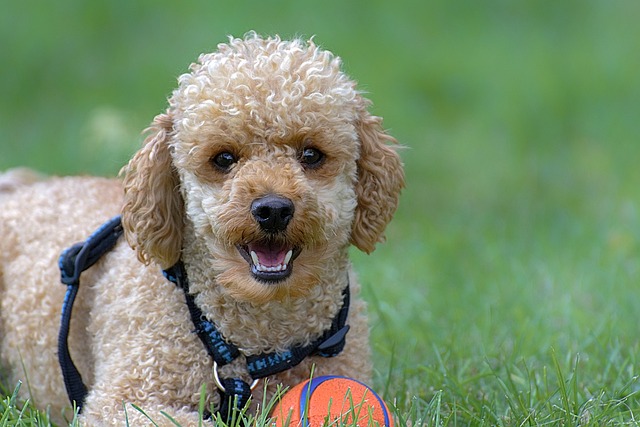
How do i train my dog to be obedient?
Watching your dog dart across the park ignoring your calls isn’t just frustrating—it can put them at risk near busy streets or public spaces.
If you’ve been juggling pee pad changes with late-night potty trips for your 4-month-old Cocker Spaniel, you might be wondering when you can finally ditch the pads. When my cousin brought home her puppy, Lila, she kept pads out “just in case” until Lila was 7 months old—only to realize Lila had learned to rely on them instead of asking to go outside. For first-time U.S. dog owners, the transition isn’t about a strict birthday—it’s about matching the timeline to your puppy’s bladder control and teaching habits that fit your lifestyle, whether you live in an apartment or a house.
Puppies can’t hold their bladders until their urinary muscles fully develop, usually between 4–6 months old. Small breeds (like Chihuahuas) often take longer than large breeds (like Golden Retrievers) because their tiny bladders can’t hold as much. Pee pads are a lifesaver for unvaccinated puppies (who can’t go outside until 16 weeks to avoid parvovirus) and apartment dwellers without instant outdoor access. But once your puppy can go 3–4 hours between accidents on the pad, they’re ready to learn outdoor potty habits—keeping pads too long can confuse them: “Is it okay to go inside and outside?”

Start transitioning around 3–4 months, when they consistently hit the pad. First, move the pad closer to your front door over a week; then place it just outside the entrance. Gradually cut the pad size in half every few days until it’s gone. Stick to a rigid schedule: take them out first thing in the morning, after meals, naps, and playtime. When Lila finally went outside, my cousin gave her a tiny chicken treat and excited praise—positive reinforcement beats scolding every time. For apartments, keep a leash by the door for quick trips to the sidewalk; set a phone timer to avoid missing potty windows.
Never scold your puppy for accidents during the transition—this violates U.S. animal welfare norms and makes them hide when they need to go. Clean messes with an enzyme cleaner to erase odors that might draw them back. Stay compliant with local laws: Once they’re going outside, always carry waste bags (cities like San Francisco fine up to $300 for not cleaning up). Wait until your vet approves (around 16 weeks) to take them to dog parks—unvaccinated puppies risk deadly diseases. Use positive reinforcement (a belly rub for outdoor potties) to make the shift feel rewarding.
Most puppies drop pee pads by 6 months, but some small breeds take a little longer. The goal isn’t speed—it’s consistency. With gentle training and a schedule that fits their needs, your puppy will learn to ask to go outside, and you’ll both say goodbye to pad changes for good.

Watching your dog dart across the park ignoring your calls isn’t just frustrating—it can put them at risk near busy streets or public spaces.

New puppy owners often find themselves rushing to clean up accidents before they set in, and that’s where puppy pad training becomes a game-changer.

If you've noticed your dog's waistline disappearing and your veterinarian has mentioned those few extra pounds, your first instinct might be to simply reduce the amount of food in their bowl.

Training a dog to use a designated spot indoors isn’t as daunting as many new owners fear, but it does take consistency and an understanding of your pet’s needs.

That moment of dread on a walk is all too familiar for many new dog owners. You see another dog approaching down the sidewalk of your neighborhood

If the sight of another dog on your neighborhood walk makes your heart sink as your own dog erupts into a frenzy of barking and lunging, you're not alone.